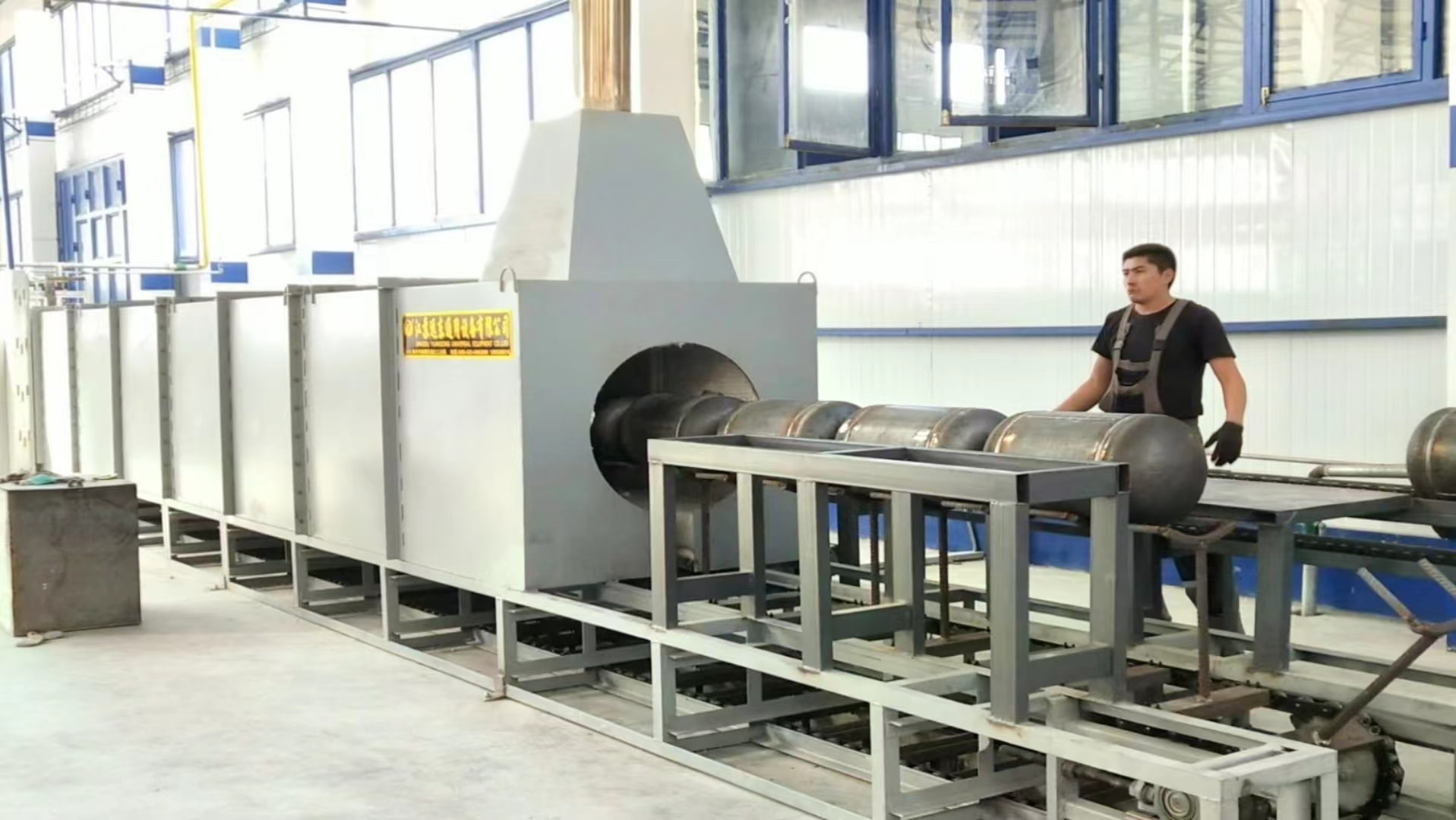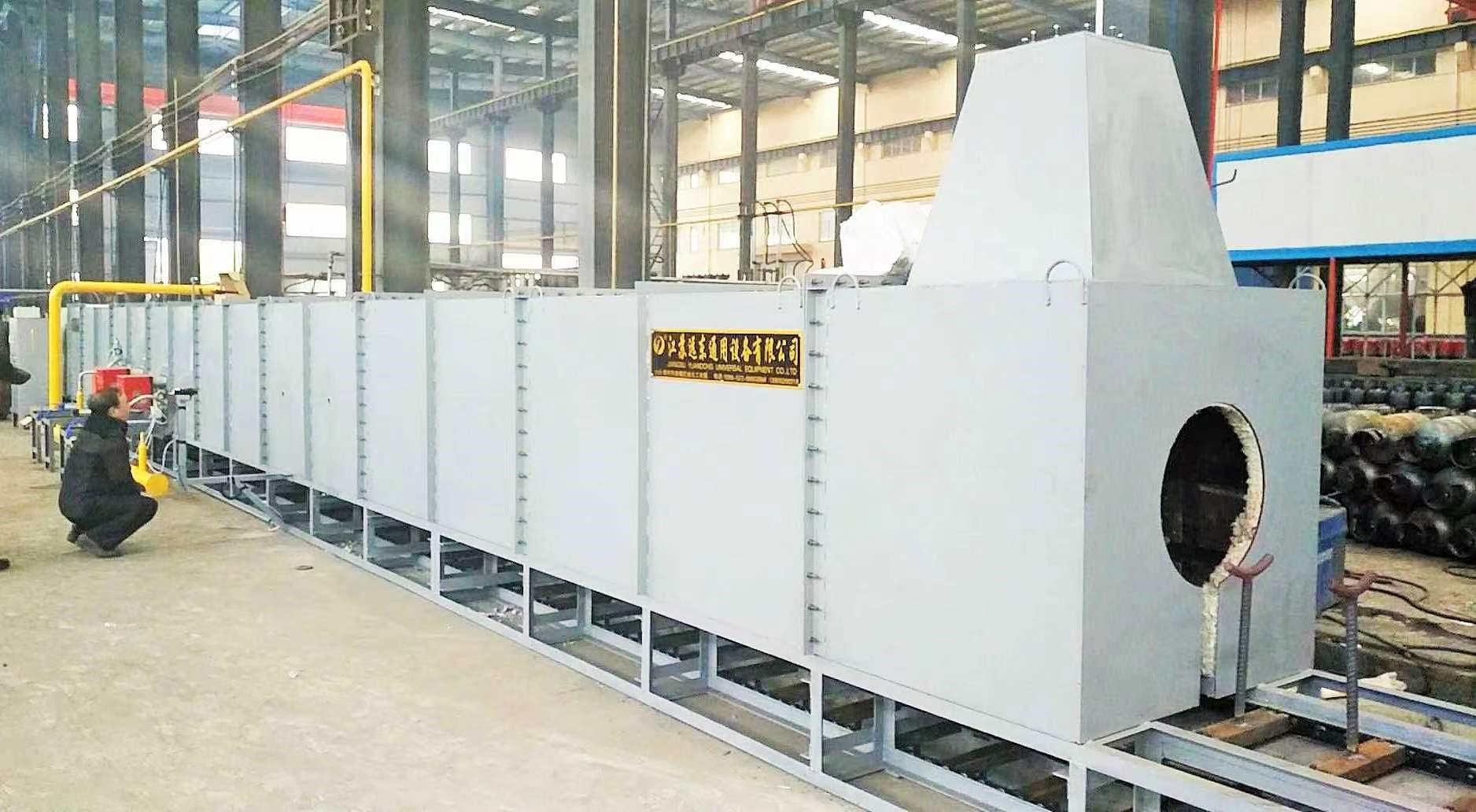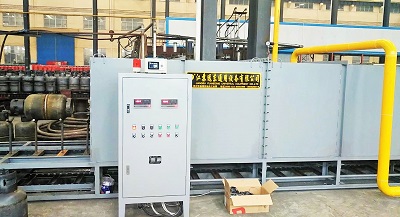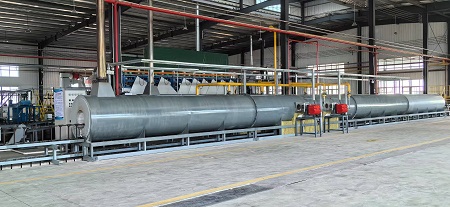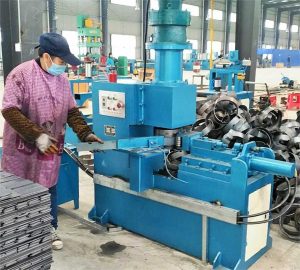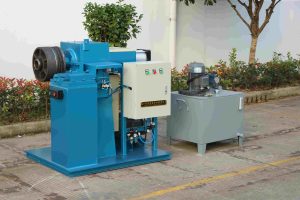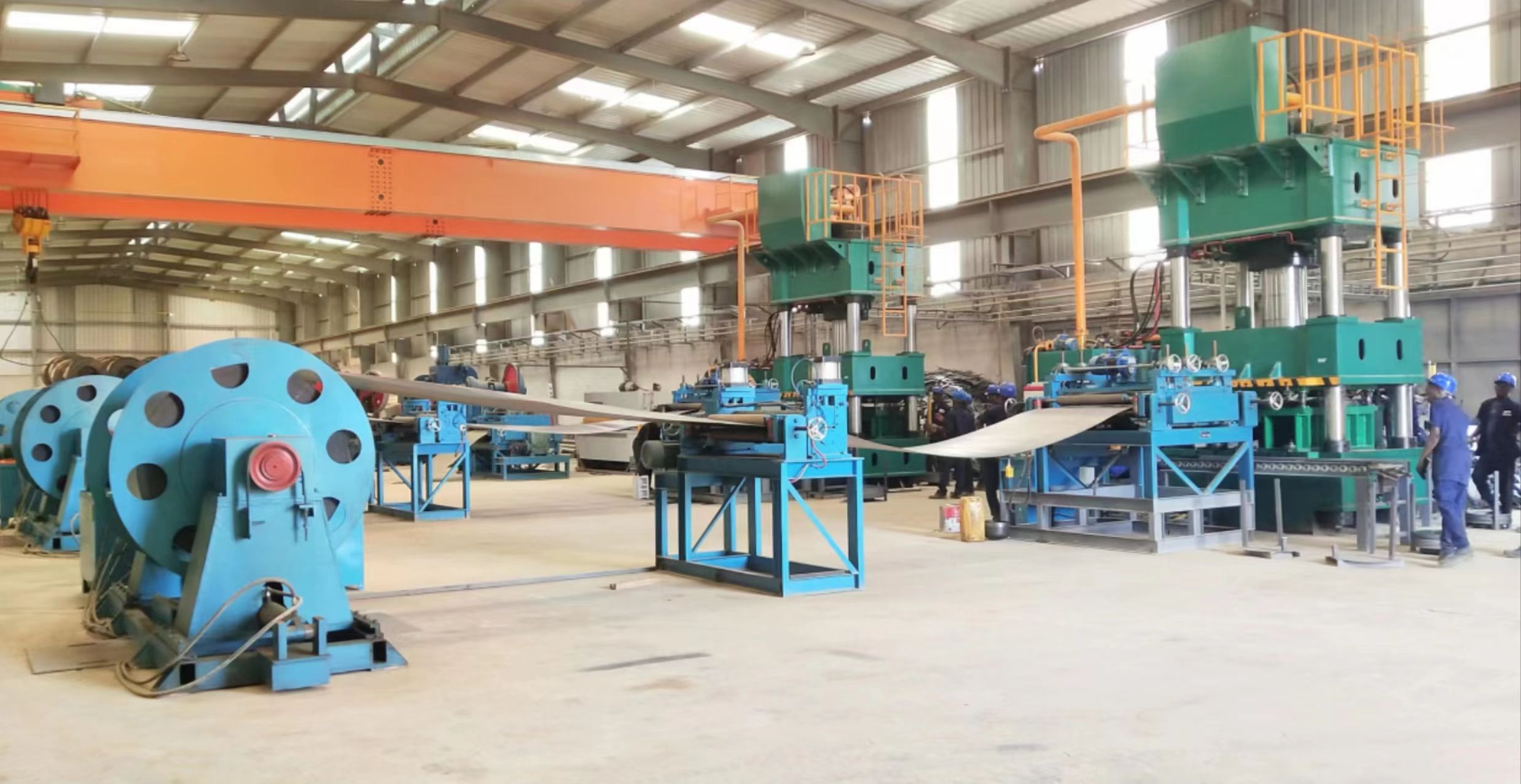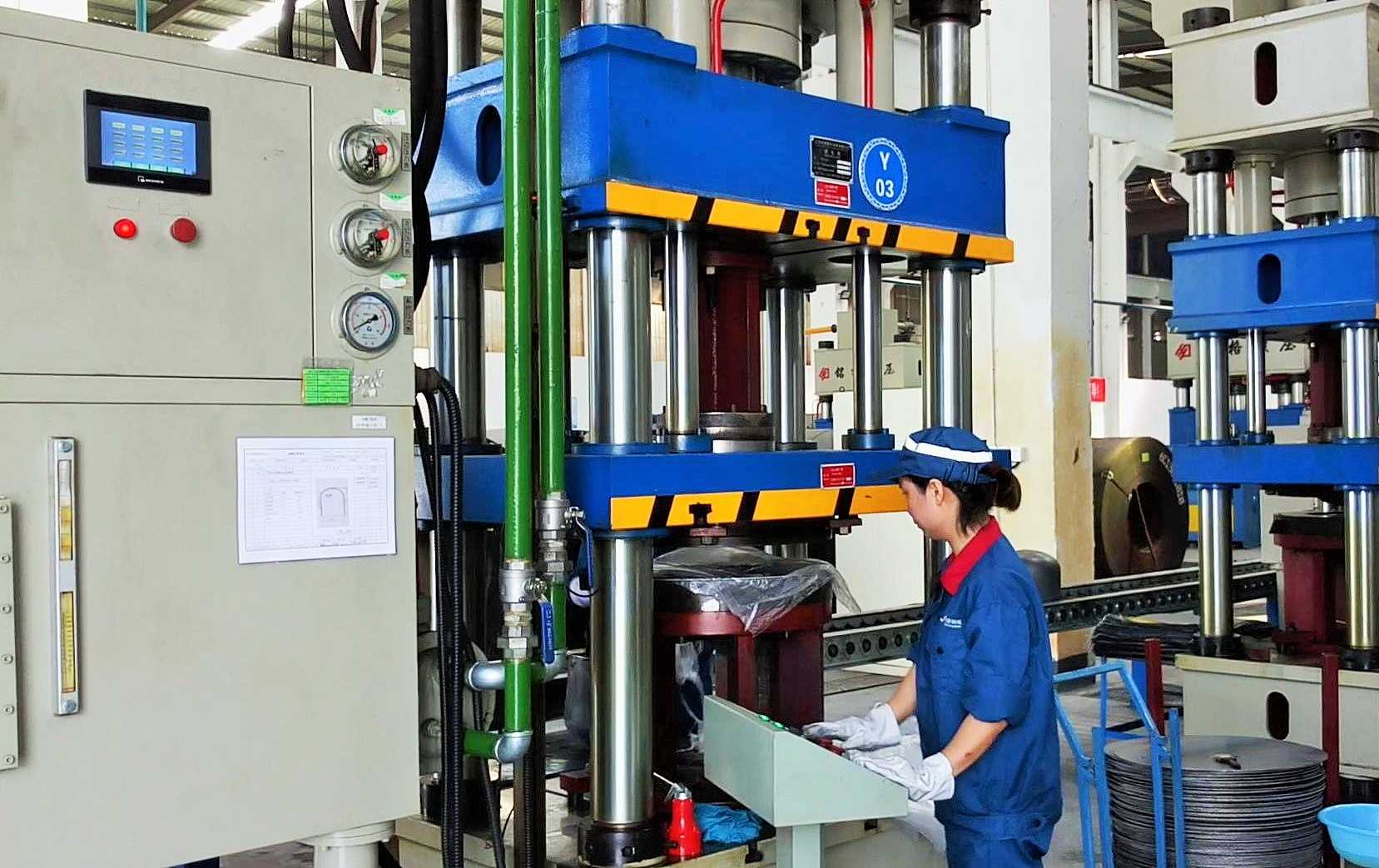The heat treatment of liquefied petroleum gas cylinders is a crucial step in the manufacturing process, aiming to eliminate internal stress in the material, optimize the metallographic structure, and enhance the mechanical properties and pressure resistance strength of the cylinders. The heat treatment process must strictly follow national standards (such as GB/T 5842, ISO 22991, etc.) to ensure the safety and service life of the gas cylinders.
- Purpose of heat treatment
Eliminating residual stress: Through high-temperature tempering or normalizing treatment, internal stress generated during welding or cold working is eliminated to prevent stress corrosion cracks.
Refine the grain structure: Improve the toughness and impact resistance of steel, and adapt to cyclic loads under high-pressure conditions.
Stable size: Reduce the risk of deformation during subsequent use.
- Typical process parameters
Heating temperature: It is usually 880-920℃ (normalizing) or 600-650℃ (tempering), and the specific temperature should be adjusted according to the material (such as HP295, HP345).
Heat preservation time: Calculated based on the wall thickness of the cylinder (generally 1.5 to 3 minutes /mm) to ensure uniform heat penetration.
Cooling method: Normalizing is air-cooled, and after tempering, it needs to be cooled slowly to room temperature to avoid secondary stress.
- Quality control requirements
Hardness testing: The hardness of the bottle body after heat treatment should be ≤HB220 to ensure processing performance.
Mechanical property testing: Sampling tensile and impact tests are conducted to ensure that the tensile strength and elongation meet the standards.
Non-destructive testing: 100% through magnetic particle or ultrasonic inspection to eliminate surface and internal defects.
- Precautions
Heat treatment equipment needs to have its furnace temperature uniformity calibrated regularly (within ±10℃).
It is strictly prohibited to exceed the temperature or hold for too short a time to prevent the material from overburning or having insufficient performance.
Control the environmental humidity to prevent the oxidation and decarburization of steel during the high-temperature stage.
Through scientific heat treatment processes, LPG cylinders can meet the design life requirement of 30 years, ensuring the safety and reliability of gas storage and transportation.
Customized Services:
Personalized solutions can be provided based on customer demands. Specific parameters and functions can be adjusted according to the actual equipment configuration to meet the process requirements of different customers.

